Jørgen Roed (b. Ringsted 1808, d. Copenhagen 1888) View through a window. Signed I. Roed. Oil on canvas laid on cardboard. 21×16 cm. Based on the stylistic features, the characteristics of the signature and the motif itself, the painting should undoubtedly be dated to the early part of Roed's oeuvre – probably towards the end of the 1820s, and thus to the period when Roed was a student of Eckersberg. As a student of this teacher, Roed could finally, after being a student for several years of the highly traditional Hans Hansen (1769–1828), be allowed to paint according to nature. Jørgen Roed was a student of Eckersberg during the years 1828–1833, and together with Christen Købke Martinus Rørbye Wilhelm Marstrand Constantin Hansen and Wilhelm Bendz, Roed belonged to the inner circle around Eckersberg, who were all frequent guests in his home. It was this group of talented young painters who formed the core of the Danish Golden Age, and they were the ones who took part in Eckersberg's famous excursions to the surrounding areas outside Copenhagen to learn to paint according to nature under the open air in natural light. They also participated in the, by Eckersberg introduced, teaching sessions where one painted after nude female models. Eckersberg wrote in his diary on 8 April 1828: “Roed began painting here today”. Roed was hereafter regularly mentioned in the diaries right up to Eckersberg's very last entries in 1853. From the diaries, it appears that Roed, while a student of Eckersberg, often visited his own childhood home in Ringsted, and that he, therefore, could not attend Professor Eckersberg's social gatherings as often as the other students, but instead Roed often brought various rural delicacies to the home of the professor's family – a turkey, a hare, a few chickens, wild ducks, a rooster, all of which were meticulously mentioned in the diary. Therefore, it can be understood that the family and childhood home in Ringsted meant a lot to Roed, and when Eckersberg writes in his diary on 2 September 1830: “Roed had returned and had made beautiful depictions of nature,” this may well be after a trip to Ringsted. Just as the present painting is most likely painted in Roed's childhood home. A half-open window fastened with a long latch opens up onto a sunlit green courtyard. A bright fence runs across the yard and on the other side is the gable of the neighbouring house. In every other context, the window latch would be easily overlooked, but here it takes up quite a bit of space in the painting and is painted with almost scientific precision and attention to detail. The window glass itself is highlighted through a very thin transparent greyish tinge that thickens in some places, so that the illusion that we are looking through a glass window is maintained, in contrast to the illusion on the left side, where we are gazing at ‘pure nature’ without the filter of the glass. The white knitting lies in a basket next to a book on the windowsill – perhaps proof that there may be, or just has been, someone nearby. Is it the snippet of a dress that can be distinguished on the far right? The person who has just put down the knitting? One of Roed's four sisters? Or Roed himself? Oddly enough, knitting has a very special place in Roed's childhood. He later writes in a letter to his daughter Helene Nyblom, how as a four-year-old he had come to a girls' school to learn to read “and I mostly learned to knit, which I still know how to do.” (Munk p. 13). The open window was a popular motif in 19th-century European art. In 2012, The Metropolitan Museum of Art in New York held the exhibition “Rooms with a View. The Open Window in the 19th Century,” where, among others, Roed's fellow student and artist colleague Martinus Rørbye's well-known small window painting “View from the Artist's Window” (The National Gallery of Denmark inv. no. KMS7452) from 1825 was exhibited (cat. no. 15), along with the ‘open-window’ works
Condition
Jørgen Roed (b. Ringsted 1808, d. Copenhagen 1888) View through a window. Signed I. Roed. Oil on canvas laid on cardboard. 21×16 cm. Based on the stylistic features, the characteristics of the signature and the motif itself, the painting should undoubtedly be dated to the early part of Roed's oeuvre – probably towards the end of the 1820s, and thus to the period when Roed was a student of Eckersberg. As a student of this teacher, Roed could finally, after being a student for several years of the highly traditional Hans Hansen (1769–1828), be allowed to paint according to nature. Jørgen Roed was a student of Eckersberg during the years 1828–1833, and together with Christen Købke Martinus Rørbye Wilhelm Marstrand Constantin Hansen and Wilhelm Bendz, Roed belonged to the inner circle around Eckersberg, who were all frequent guests in his home. It was this group of talented young painters who formed the core of the Danish Golden Age, and they were the ones who took part in Eckersberg's famous excursions to the surrounding areas outside Copenhagen to learn to paint according to nature under the open air in natural light. They also participated in the, by Eckersberg introduced, teaching sessions where one painted after nude female models. Eckersberg wrote in his diary on 8 April 1828: “Roed began painting here today”. Roed was hereafter regularly mentioned in the diaries right up to Eckersberg's very last entries in 1853. From the diaries, it appears that Roed, while a student of Eckersberg, often visited his own childhood home in Ringsted, and that he, therefore, could not attend Professor Eckersberg's social gatherings as often as the other students, but instead Roed often brought various rural delicacies to the home of the professor's family – a turkey, a hare, a few chickens, wild ducks, a rooster, all of which were meticulously mentioned in the diary. Therefore, it can be understood that the family and childhood home in Ringsted meant a lot to Roed, and when Eckersberg writes in his diary on 2 September 1830: “Roed had returned and had made beautiful depictions of nature,” this may well be after a trip to Ringsted. Just as the present painting is most likely painted in Roed's childhood home. A half-open window fastened with a long latch opens up onto a sunlit green courtyard. A bright fence runs across the yard and on the other side is the gable of the neighbouring house. In every other context, the window latch would be easily overlooked, but here it takes up quite a bit of space in the painting and is painted with almost scientific precision and attention to detail. The window glass itself is highlighted through a very thin transparent greyish tinge that thickens in some places, so that the illusion that we are looking through a glass window is maintained, in contrast to the illusion on the left side, where we are gazing at ‘pure nature’ without the filter of the glass. The white knitting lies in a basket next to a book on the windowsill – perhaps proof that there may be, or just has been, someone nearby. Is it the snippet of a dress that can be distinguished on the far right? The person who has just put down the knitting? One of Roed's four sisters? Or Roed himself? Oddly enough, knitting has a very special place in Roed's childhood. He later writes in a letter to his daughter Helene Nyblom, how as a four-year-old he had come to a girls' school to learn to read “and I mostly learned to knit, which I still know how to do.” (Munk p. 13). The open window was a popular motif in 19th-century European art. In 2012, The Metropolitan Museum of Art in New York held the exhibition “Rooms with a View. The Open Window in the 19th Century,” where, among others, Roed's fellow student and artist colleague Martinus Rørbye's well-known small window painting “View from the Artist's Window” (The National Gallery of Denmark inv. no. KMS7452) from 1825 was exhibited (cat. no. 15), along with the ‘open-window’ works
Condition

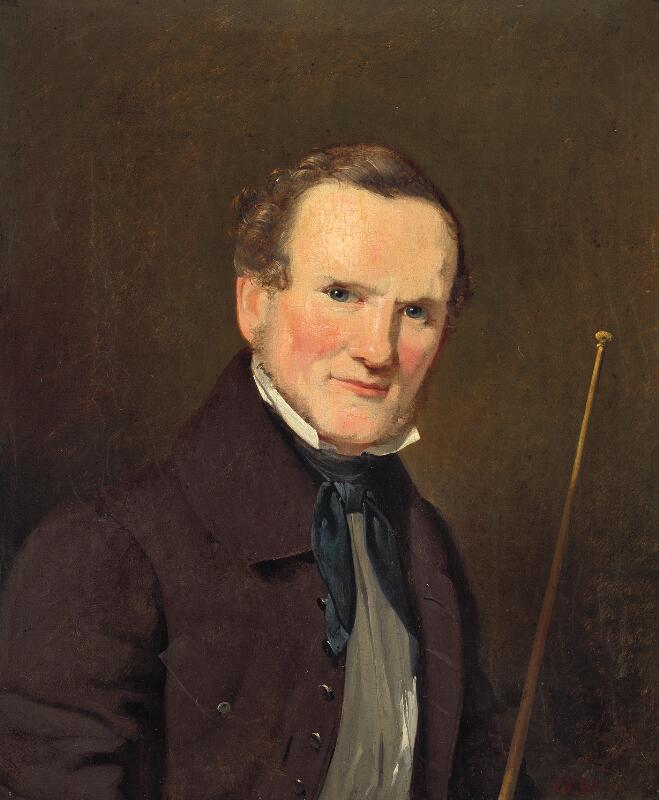

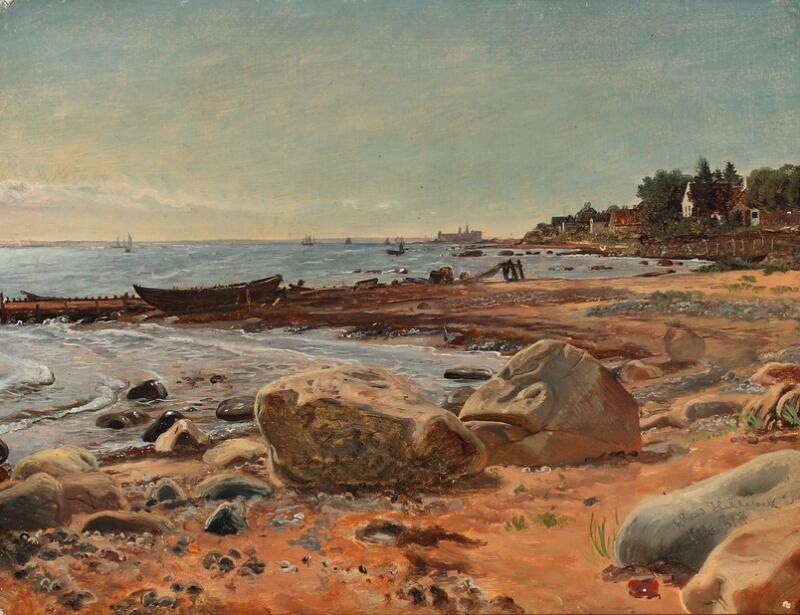





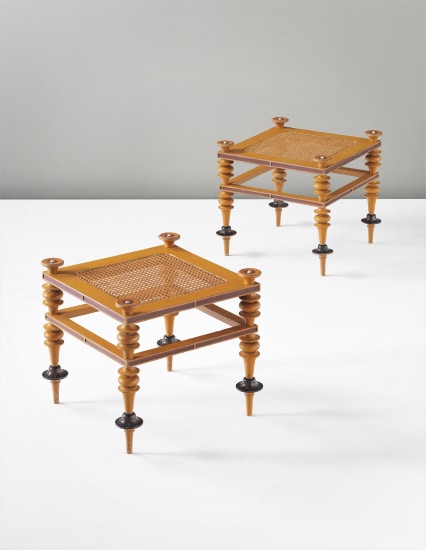
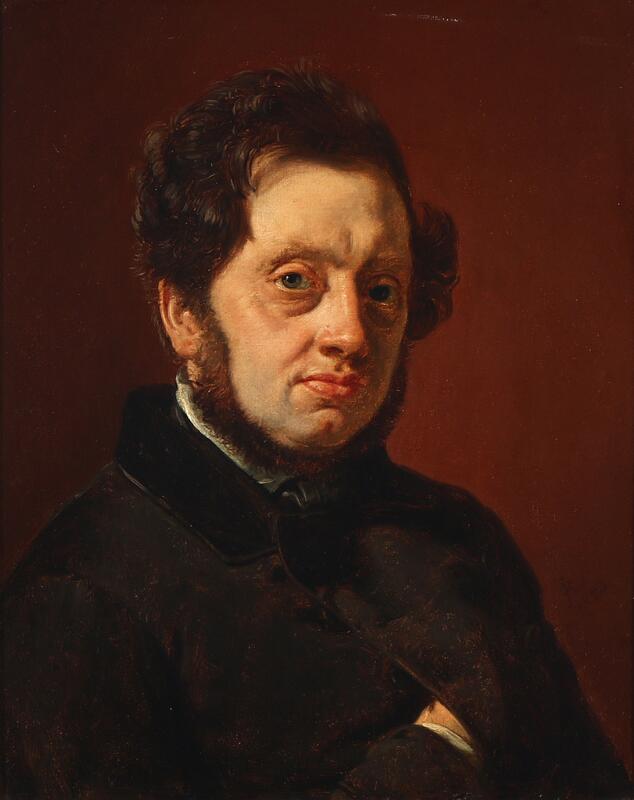
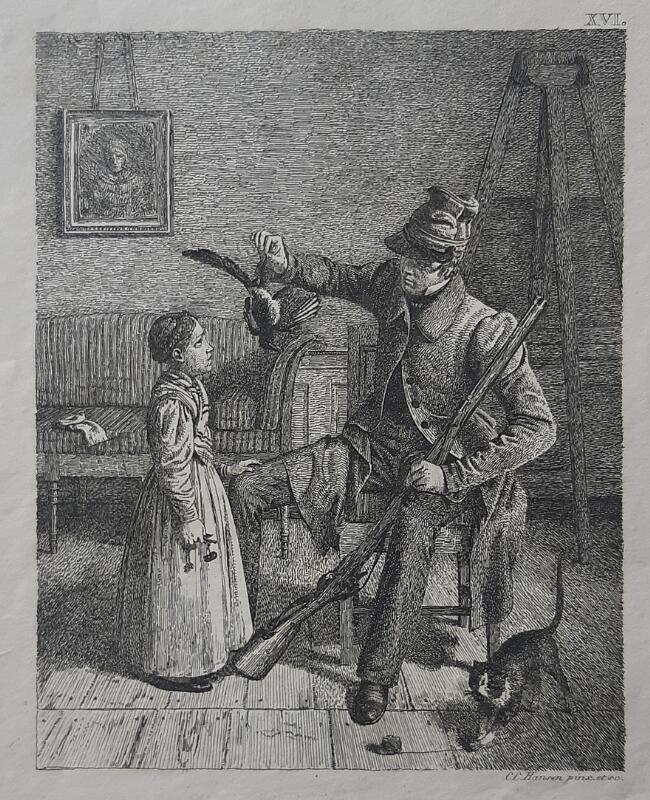
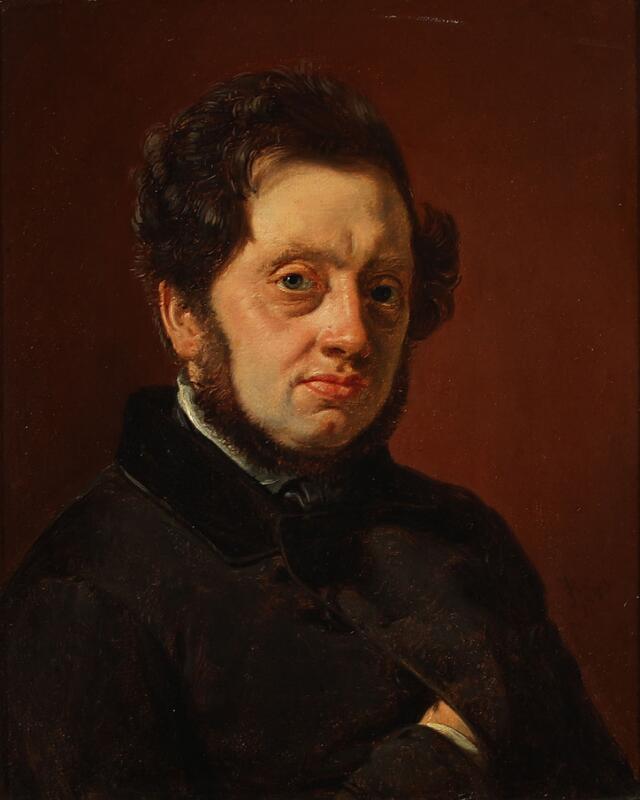
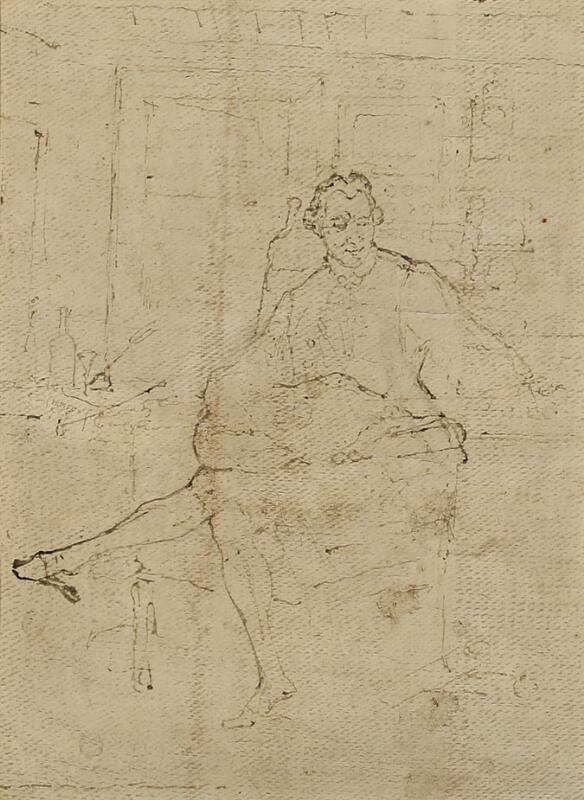

Testen Sie LotSearch und seine Premium-Features 7 Tage - ohne Kosten!
Lassen Sie sich automatisch über neue Objekte in kommenden Auktionen benachrichtigen.
Suchauftrag anlegen